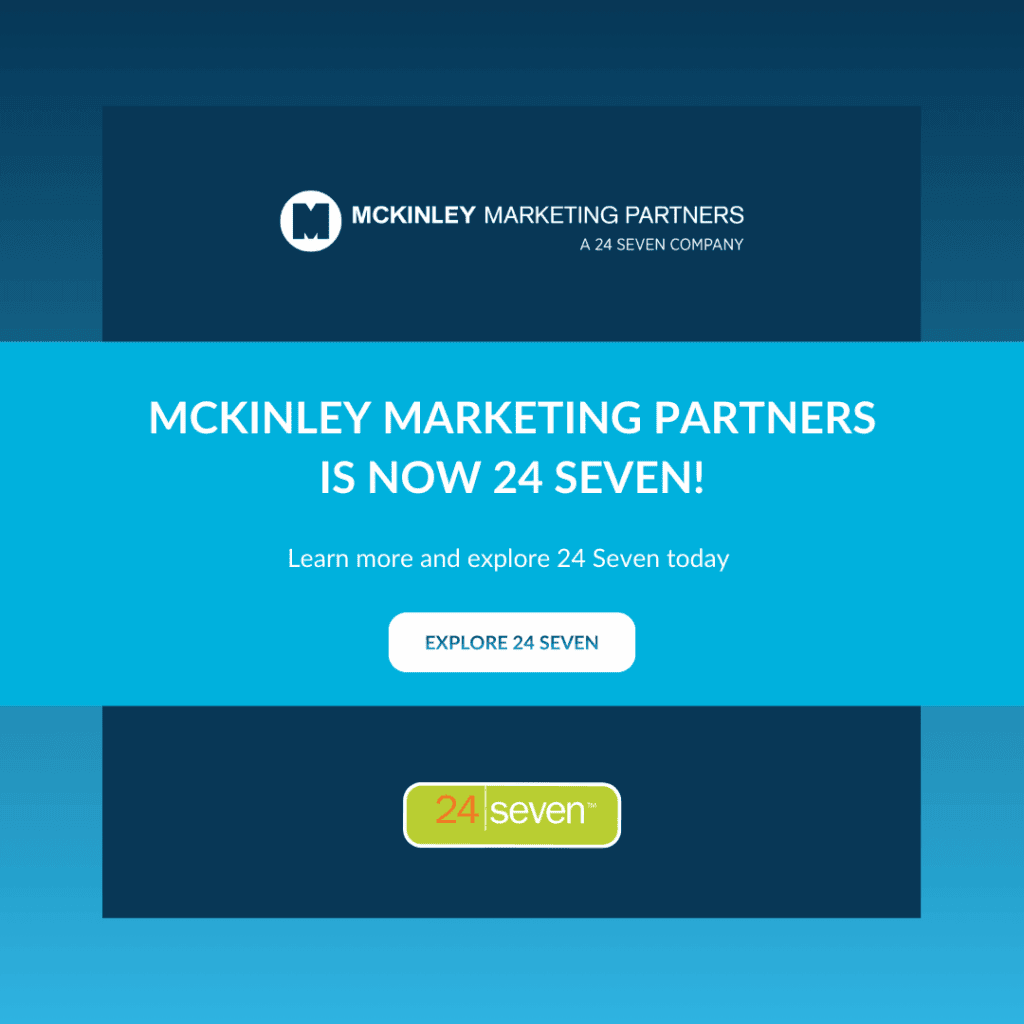Boom or Bust: Marketing in an Economic Downturn
By Christopher McKinley, Senior Director, Business Development
Even in the best economic conditions, certain industries – the energy industry, in particular – will always oscillate between boom and bust. When the economy, or the buying climate in your specific industry, takes a turn downward, there are still people who need your products – you just have to find them and find out what they want (and make sure you have it.)
So how do you create strong marketing campaigns when the economy has such a drastic effect on demand?
Definitely…
Stay consistent. When the market drops, marketing and advertising can seem prohibitively expensive, but you cannot afford to stay out of the public eye, either. Staying visible in the marketplace is even more important when your customers aren’t spending money. You must stay on their minds even when you drop off their accounts payable lists.
“It is well documented that brands that increase advertising during a recession, when competitors are cutting back, can improve market share and return on investment at lower cost than during good economic times,” reports John Quelch, Harvard Business School Professor of Business Administration.
Historically, this has always been true (Proctor & Gamble premiered the soap opera and Chevrolet created the billboard during the Great Depression), but more recent examples are abundant as well.
“A common reaction people in the oil industry are having right now, for example, is to cut back on marketing programs to save money,” said BrandExtract Chief Operating Officer Sean Burnett. “In the long term, however, quitting marketing does not save money. It allows your competitors to win market share and court your clients… In contrast, if you continue to market effectively, you have the opportunity to win some of your competitors’ business as they pull back.”
Now is not the time to cut your marketing and advertising budget. If a small budget cut is absolutely essential, leverage your online presence and other inexpensive online resources – like industry directories and buyers’ guides – to make sure that your company is the first thing that comes to mind when customers start buying again.
Do…
Target specific customers. Even when the economy is in flux, some people will continue to buy. Your job is to find those people and create products that they are looking for. During an economic downturn, the customers you target may very well be customers looking to save money, but that does not mean they’re looking to shop the bargain bin.
Andrew Razeghi, a marketing professor at Northwestern University’s Kellogg School of Management says that periods of low demand are actually the perfect times for innovation, citing that Proctor & Gamble launched some of its most expensive products (Swiffers and White Strips) during recent recessions. Despite the relative high price of those products, the products improved the quality of life for new users with minimal increase in overall household spending.
“Now is really the time to launch a disruptive idea in test,” said Razeghi.
Make sure you have researched which types of customers are still buying and find out how you can specifically cater to them. Whether that means creating a new and improved product, placing ads in industrial publications or being the gas company strategically catering to school systems in your state, find your niche and hold on tight.
Don’t…
Focus solely on quantity. If the quality of your marketing effort suffers because you are trying to do too much with too little, your customers will see right through you. Keep your products and services up to par and use your marketing campaigns to highlight the best work you’re doing.
For example, social media is a powerful, but inexpensive, method of keeping in touch with customers and demonstrating your subject matter expertise. However, while social media is often thought of as “free” advertising, you will need to make sure you have a responsive team to manage customer communication, or you risk spreading your brand too thin.
With 23,168 Facebook fans, 47,400 Twitter followers and 313,480 followers on LinkedIn, Statoil knows how to manage their audience in a powerful way, harnessing both the talents of their team and the power of their network. By sharing company and industry news and promoting the company as one to look toward for industry experts, Statoil stays in front of their customers without spending a huge chunk on traditional advertising.
Never…
Let customer service slide. Your customers know that the economy is in flux, so let them know that you are on top of things and have their best interests in mind – especially until things start looking up for everyone.
During the worst of times in 2009, Hyundai developed a promotion called “Hyundai Assurance” and ran with it. The program was inspired by the recession and allowed buyers to return loaned or leased cars with no penalty if they lost their jobs. And while the auto industry was down 38.4%, Hyundai VP of Marketing Joel Ewanick said brand awareness went up by 25% for all of Hyundai (not just the Assurance promotion).
“You may still be losing money, but there is going to be a rebound and you don’t want to look back on this time and wish you’d made some pretty easy improvements” says Natalie Petouhoff, senior analyst at Forrestor and co-author of the report The Economic Necessity of Customer Service. “You don’t want to go out of business because you made all your customers mad.”
So whether your particular industry is continuing to see strong growth or working through a slow period, always remember: Stay consistent, target specific customers, don’t hold quantity above quality and never let customer service slide. Follow these four tips to create strong marketing campaigns regardless of what the economy is doing.


